
Ask anyone the simple question, “How are you?” and you will likely hear the response, “Busy!”
Our modern world spins with activity and hums with hustle. Although technology promised us a life of leisure, we find ourselves busier than ever before. We pack so many things into our days: work, volunteer activities, caring for family, watching our kids’ basketball games, and simply keeping up with the laundry!
We think we could never add one more thing into our already overcrowded schedules.
So when the pastor suggests we should read the Bible every day, we file that suggestion into the mental folder of “Impossible.” When a friend asks us to join a small group Bible study, we say, “Not now.” We know we should engage with Scripture. We should spend time in the Word. We should open and read our Bibles more. But we tell ourselves we don’t have the time.
Maybe part of the problem comes with that word should. When I view Bible study as an arduous duty, I drag my feet. I find “better” things to do.
But what if I viewed Bible study as a privilege? What if it became something I get to do, instead of something I should do? Maybe then I would find the time to read Scripture, no matter how crowded my schedule is.
Bible Study as a Privilege
Often my schedule is packed as tight as my sweater drawer. But here are a few reasons I want to find in time in the Word.
Reading the Bible is a privilege people didn’t always have. For millennia, people did not have personal access to God’s Word. It wasn’t until the invention of the printing press in the 1400s that an average person could afford his own copy of the Bible. And even then, only the educated elite could read it because it was in Latin. Now, as an English speaker, I have affordable Bibles in multiple translations. I can easily read and understand God’s Word in my own language.

Reading the Bible gives me the privilege of knowing the Author. I love reading biographies of some of my favorite composers because it lets me see into their lives. I can know Beethoven and Debussy as people and not just as the composers of the sonatas and preludes I love to play. Opening up my Bible helps me know God personally and not just as the One who created, the moon, stars, and earth. Reading the stories of how He interacted with people through the centuries lets me see His power, His care, His justice, His grace.
Reading the Bible gives the privilege of reading God’s love letter to me. The year my now-husband and I were engaged, we lived 500 miles apart. We had no email or Skype. Even long-distance phone calls were expensive back then. So we wrote letters. Almost every day of the nine months we were apart, I wrote a letter and received a letter. I could hardly wait to open the envelope because the note inside held reminders of John’s love for me. The Bible is God’s love letter to each one of us. When I open it, I read:
God showed how much he loved us by sending his one and only Son into the world so that we might have eternal life through him. This is real love—not that we loved God, but that he loved us and sent his Son as a sacrifice to take away our sins. 1 John 4:9-10 NLT
Reading the Bible gives me the privilege of receiving instruction for life. When our first child was born, my husband and I were amazed that the hospital entrusted this small human into our care without even giving us an instruction manual! Even more than a parenting manual, the Bible gives instructions for all of life. Inside we find out how to cheat death through trusting in Jesus. We can learn basic guidelines for living with people, making wise decisions, and handling money. Yet, how often do I go to the Internet for answers instead of God’s Word?
Bible Study for Busy People
Viewing Bible study as a privilege may be the first step in embracing the practice. But I can’t simply “find” time in my busy schedule. A window of time won’t magically appear. I need to make time.
I try to fit 20- 30 minutes of Bible study into my morning routine. It has become a part of my daily schedule. An appointment with God that I almost always keep.
Maybe you can’t set aside that much time right now. That’s OK.
Start small. Look at your daily routine and designate a portion of your day to time in God’s Word. Get up fifteen minutes early. Or use a portion of your lunch hour. Grab the Bible as your bedtime reading. Block out fifteen minutes of your day–but don’t berate yourself if it turns out to be only ten or even five.
Our lives are busy! But God promises that time in His Word is time well spent:
The instructions of the Lord are perfect,
reviving the soul.
The decrees of the Lord are trustworthy,
making wise the simple.
The commandments of the Lord are right,
bringing joy to the heart.
The commands of the Lord are clear,
giving insight for living.Psalm 19:7-8
Next step: Block out fifteen minutes each day to read God’s love letter to you. This week try reading a chapter of 1 John each day and writing down a reminder of God’s love for you.



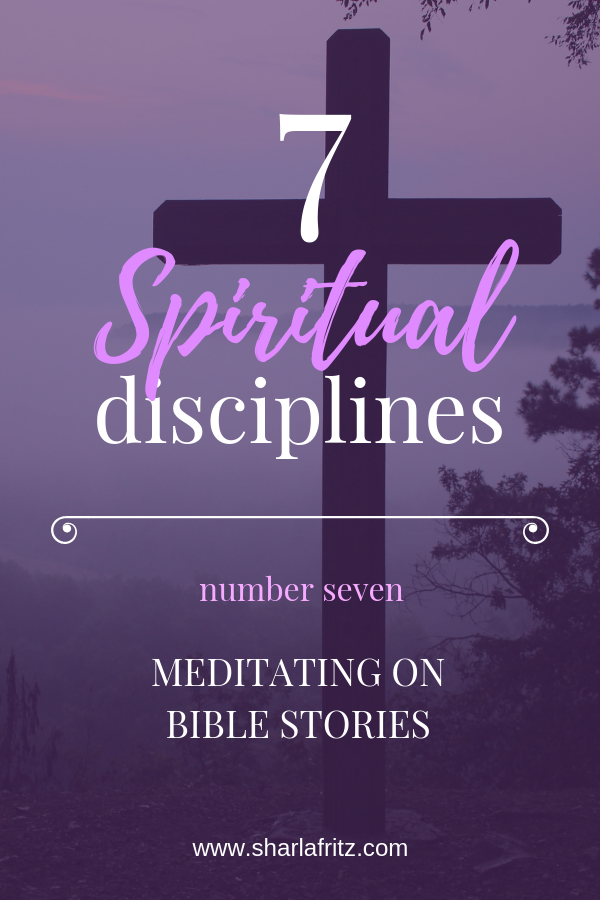
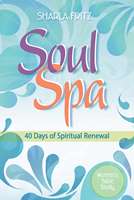
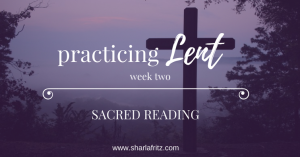

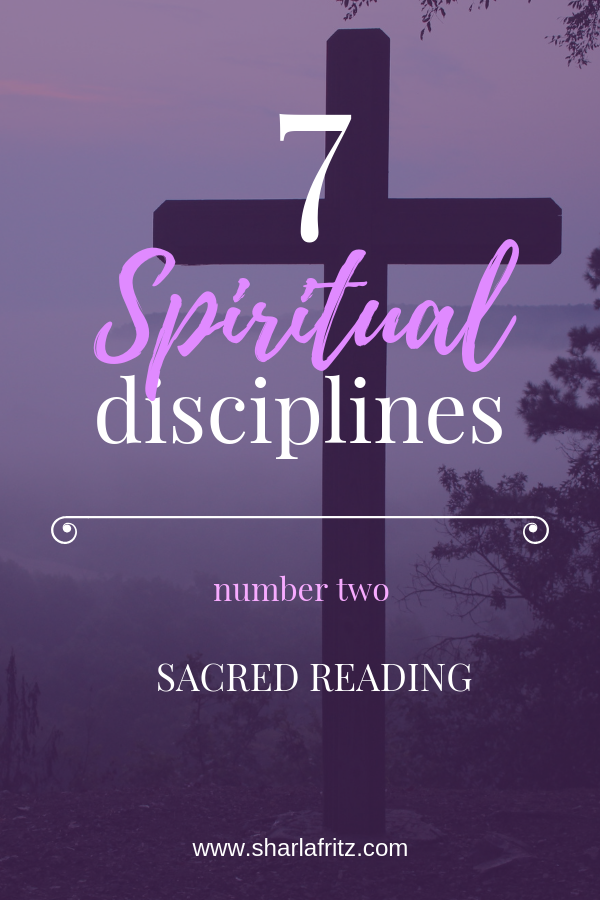



 If you want to learn more about your spiritual wardrobe, check out my book:
If you want to learn more about your spiritual wardrobe, check out my book: 



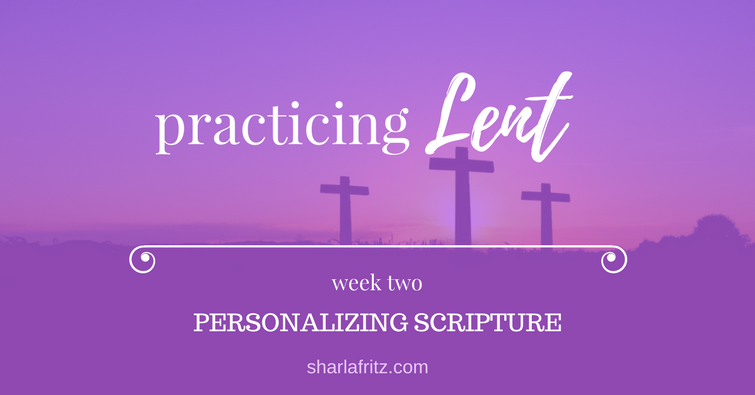

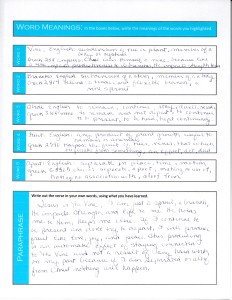

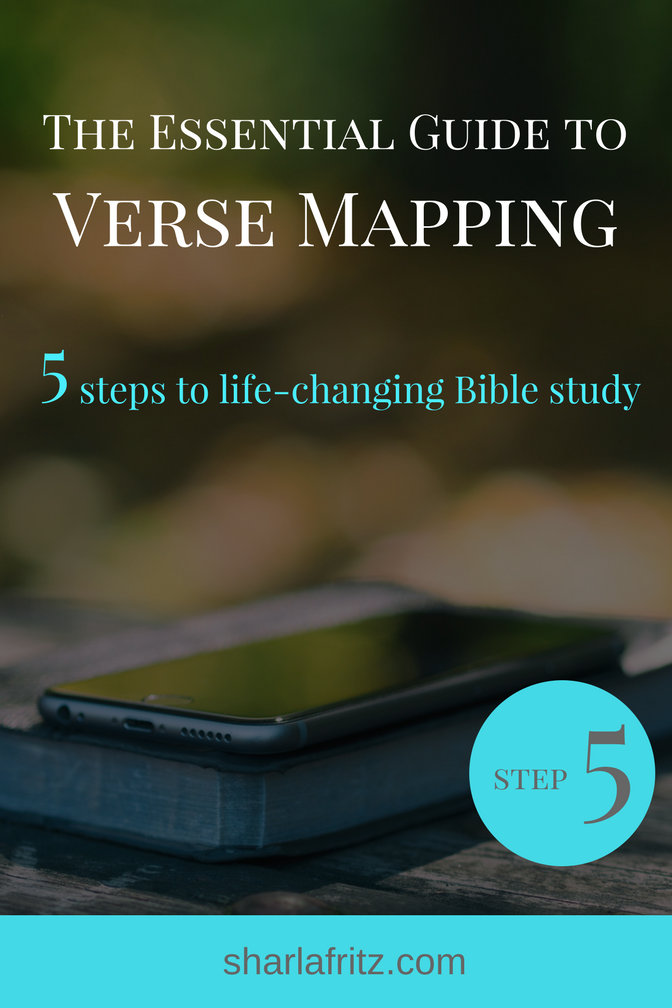
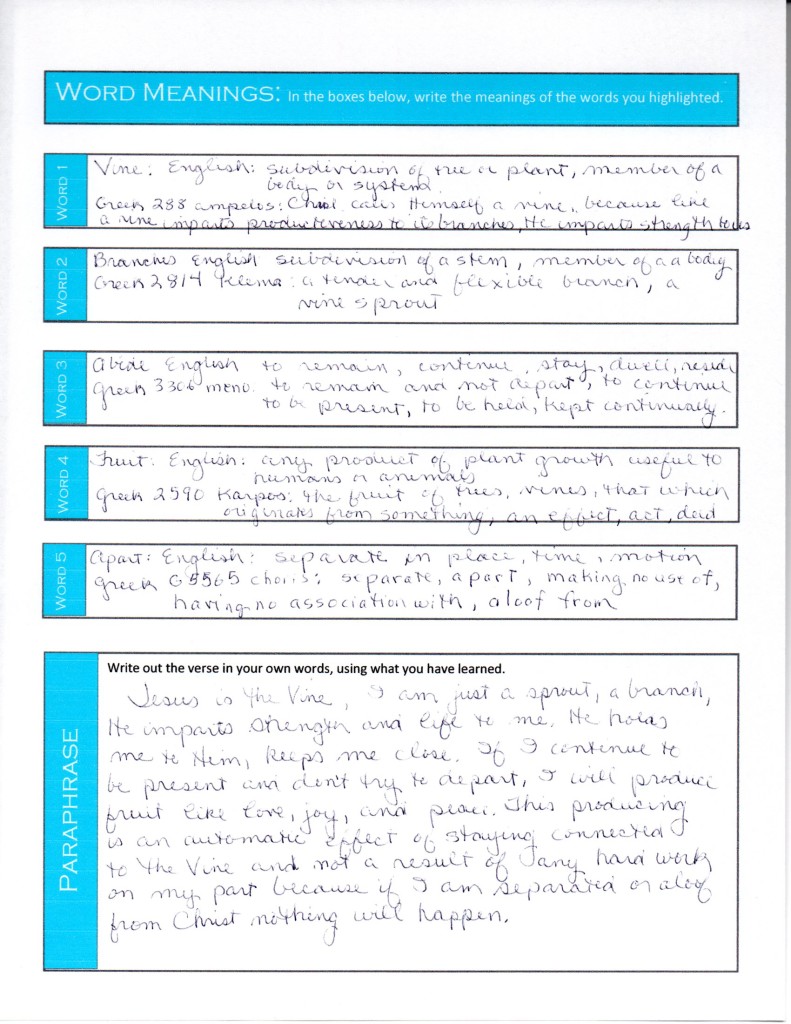
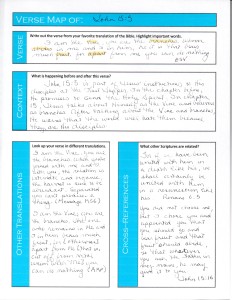

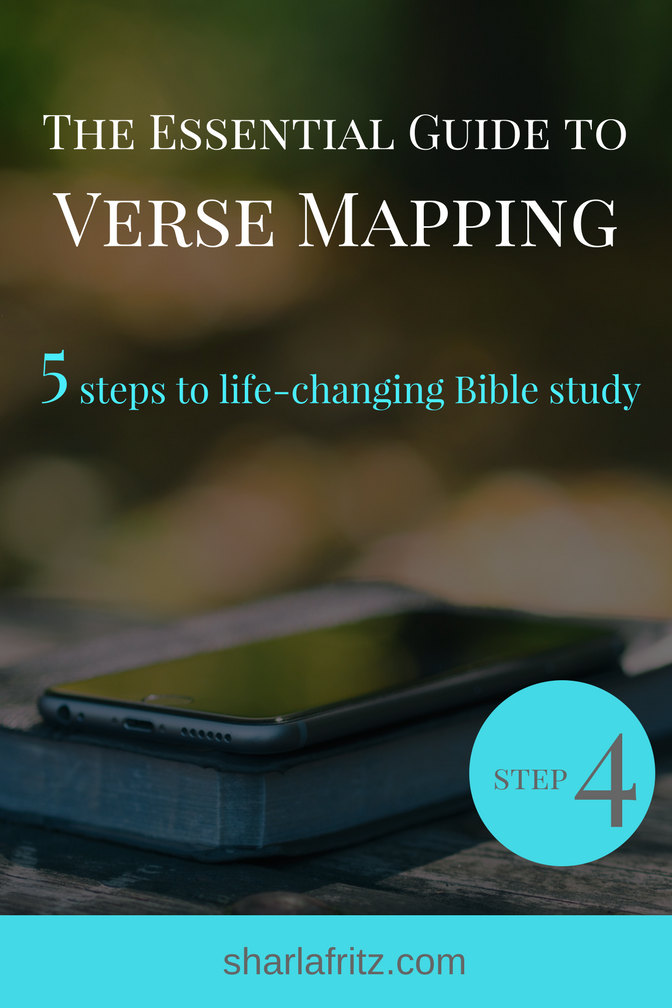
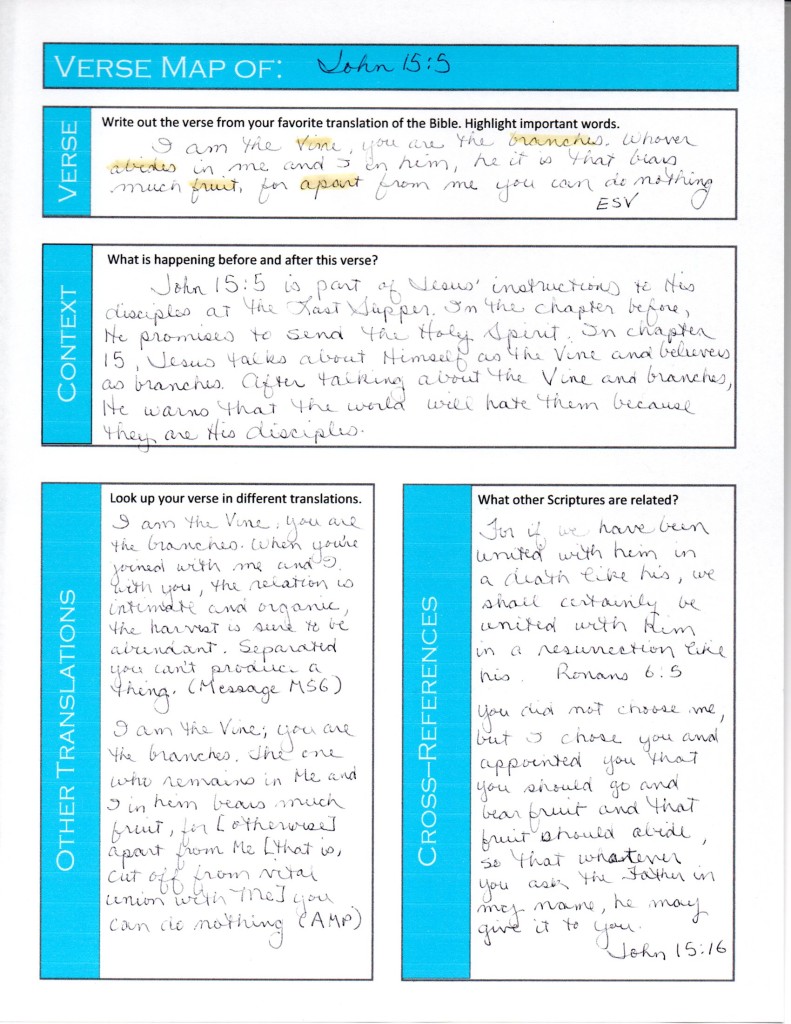
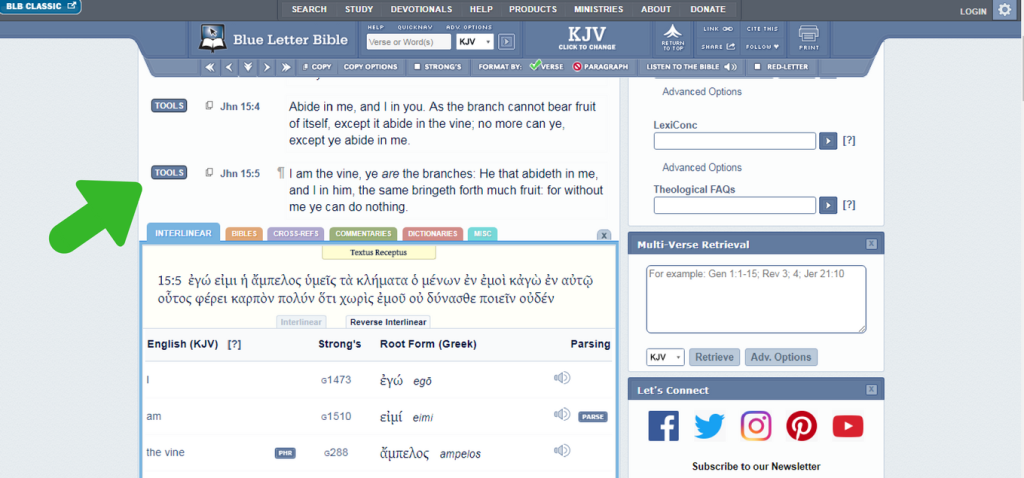
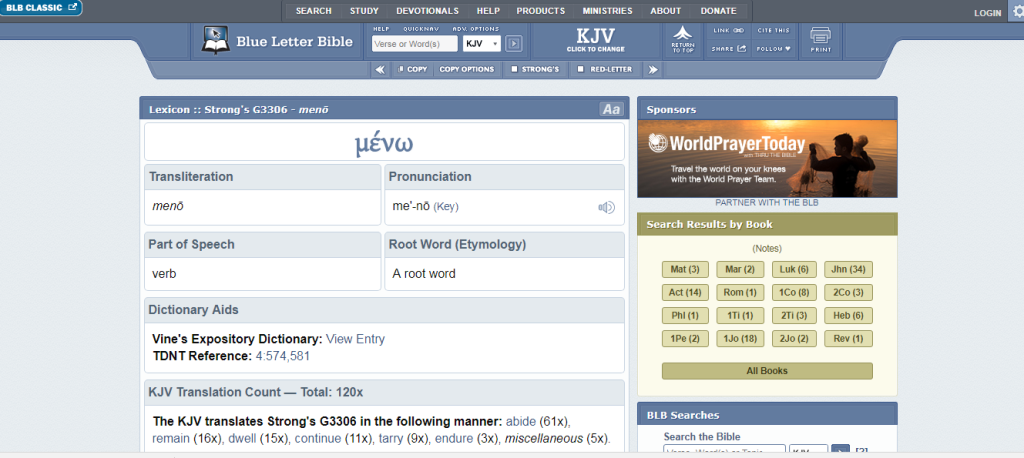
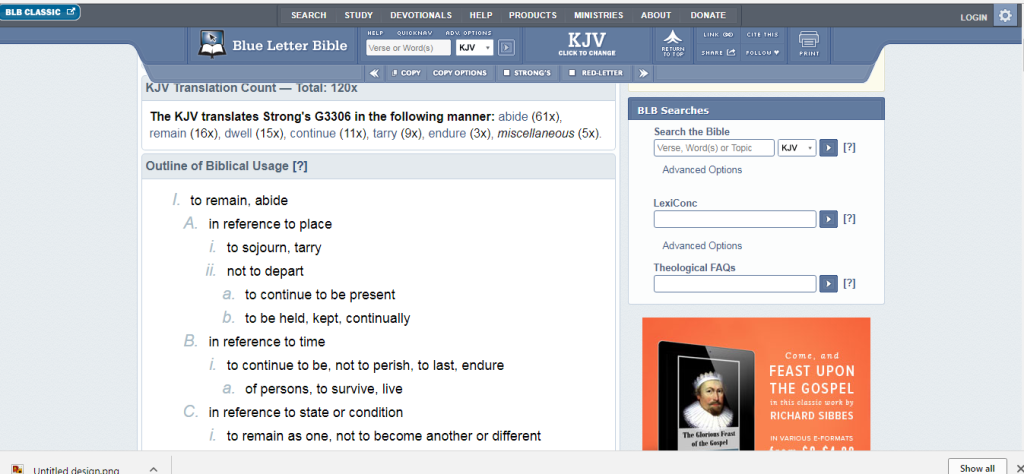
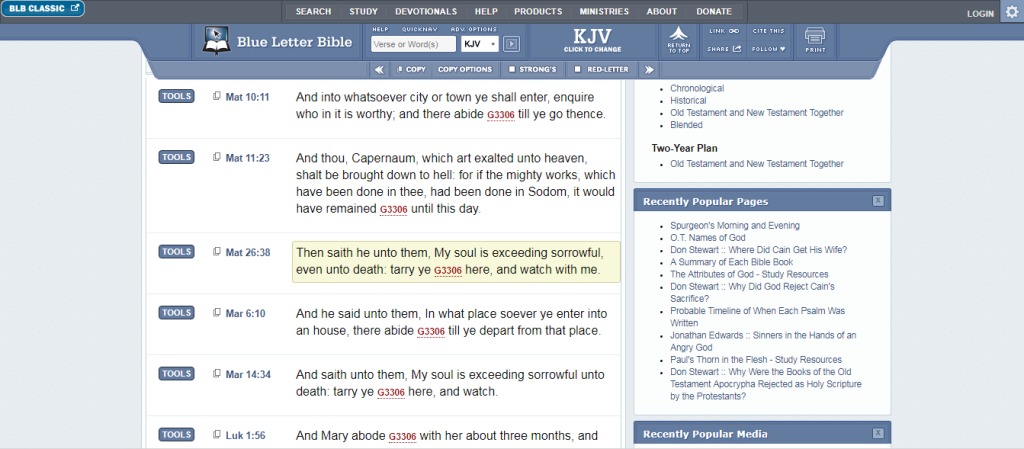
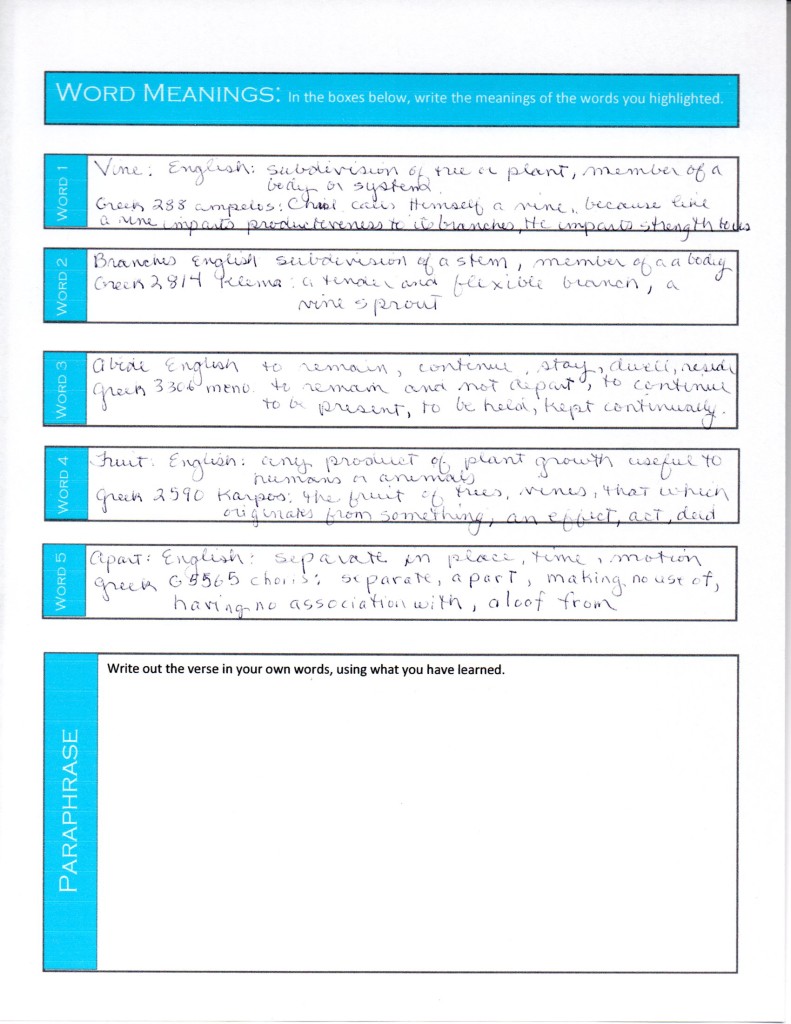
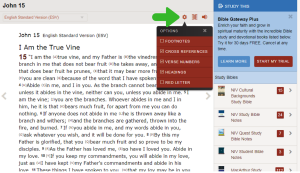

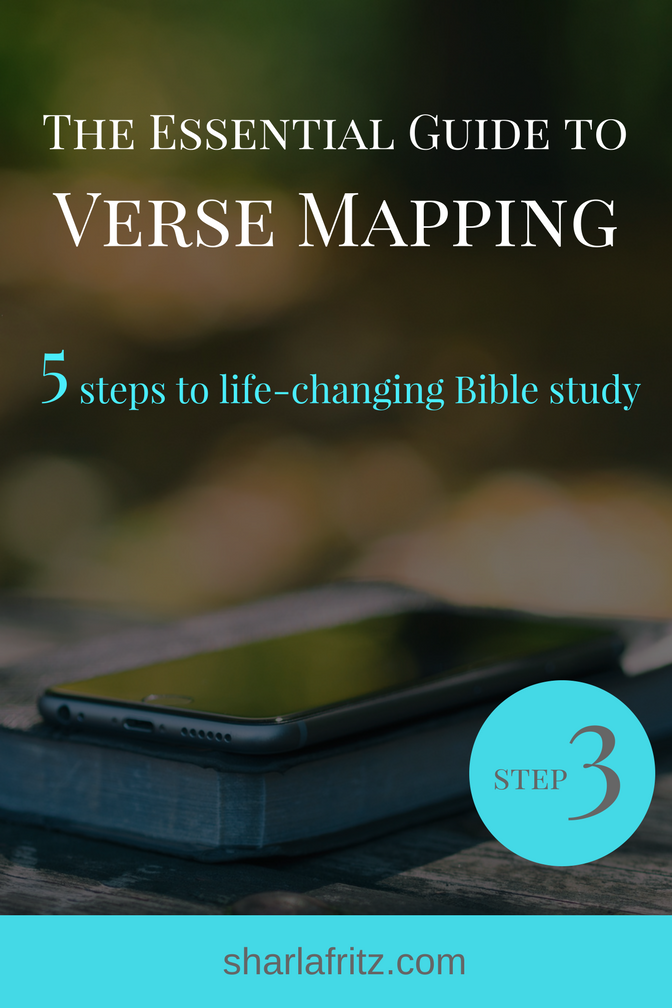
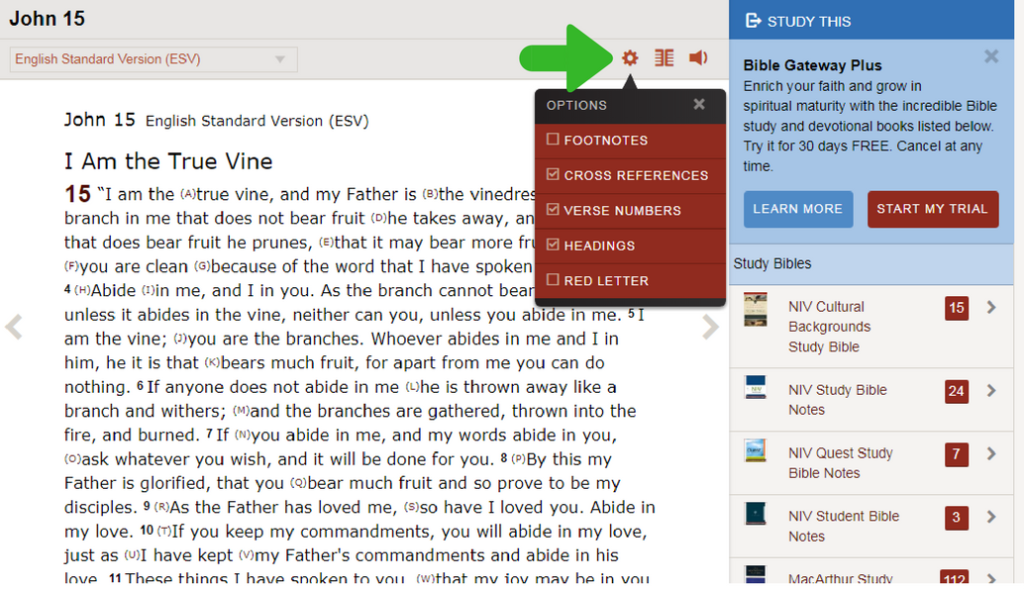
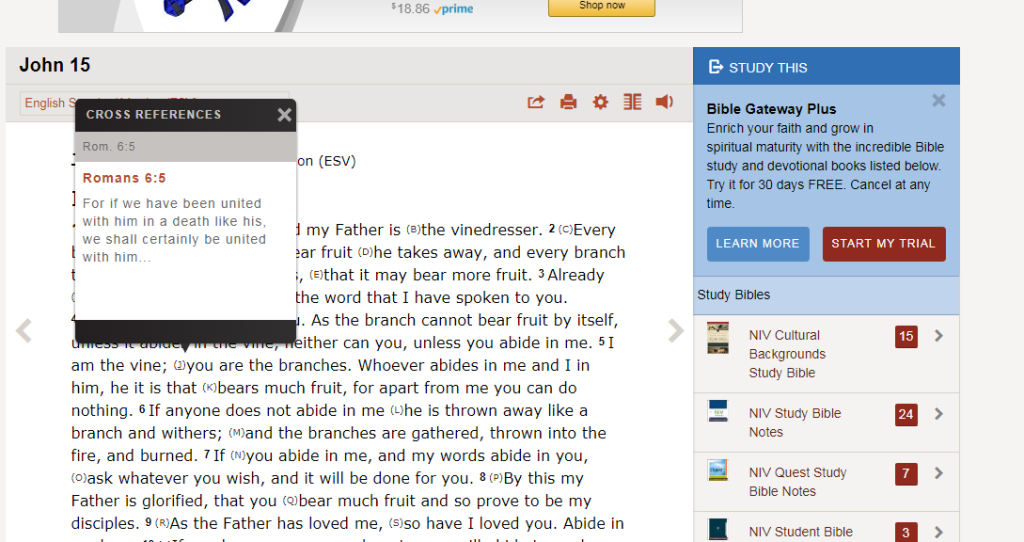
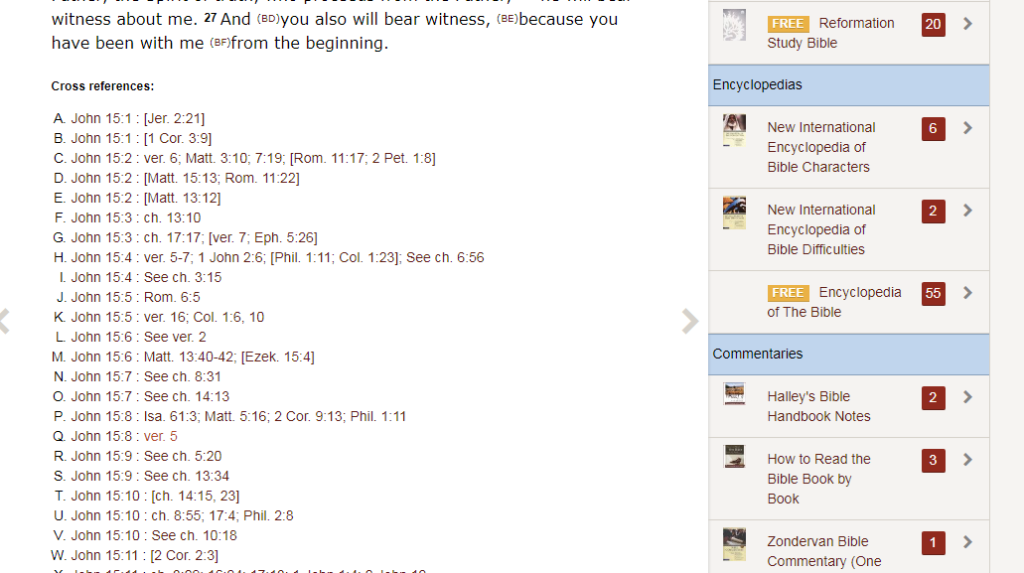
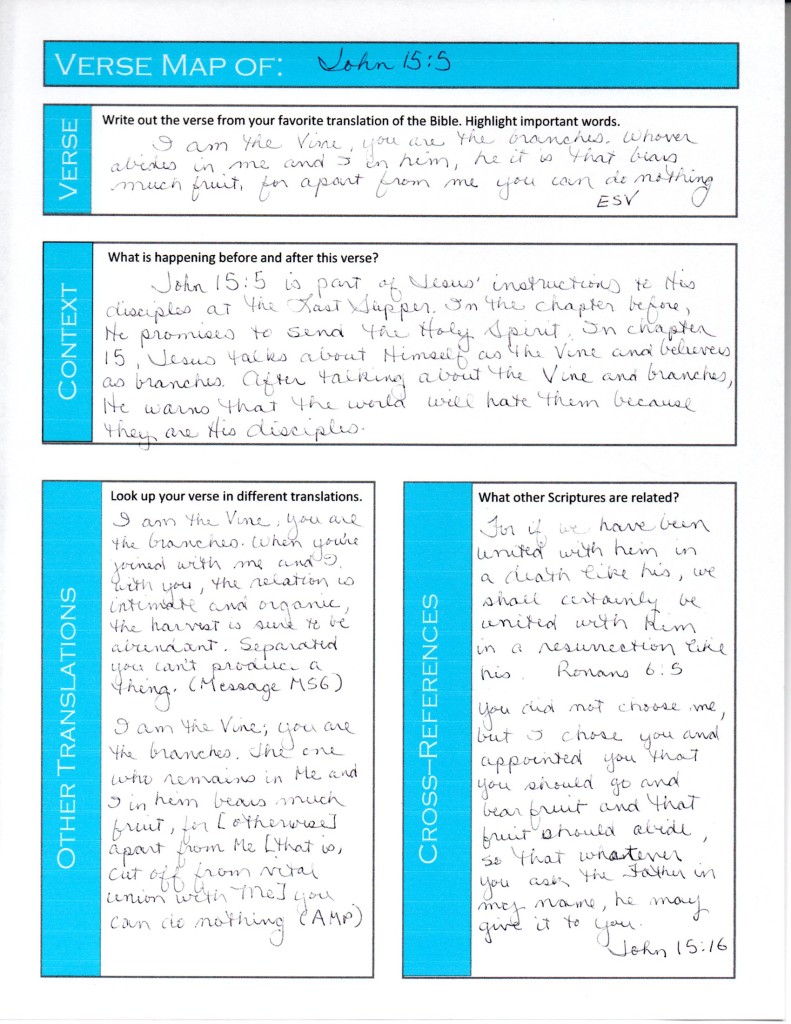
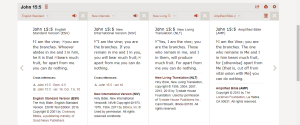

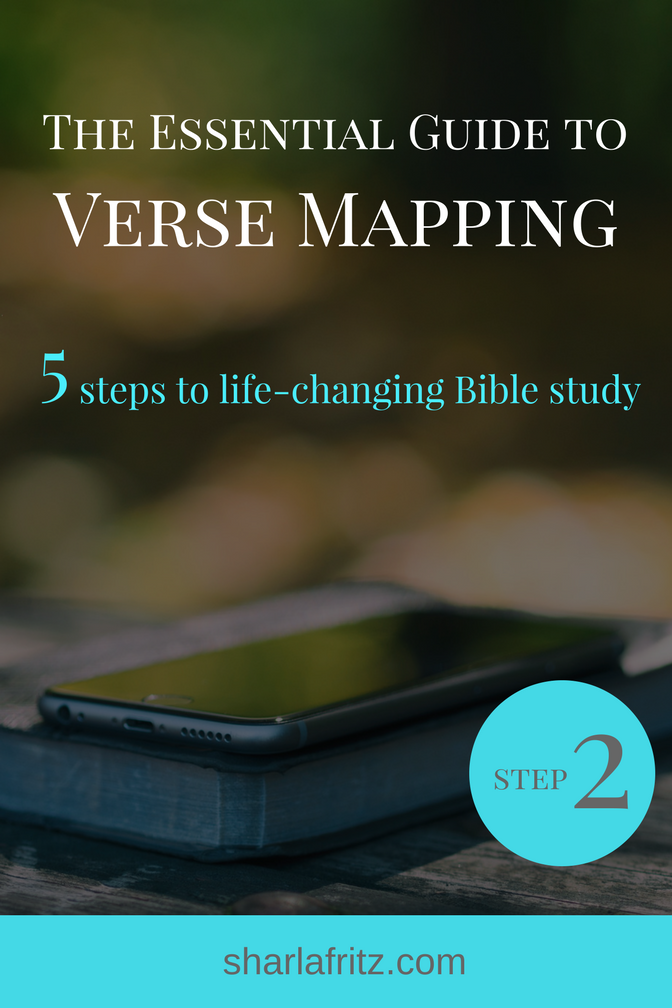
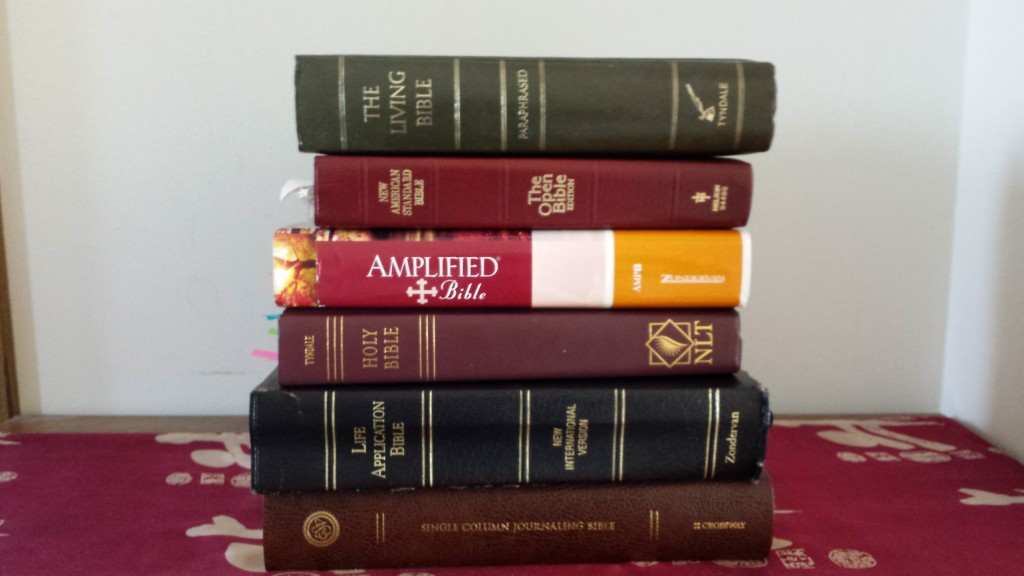

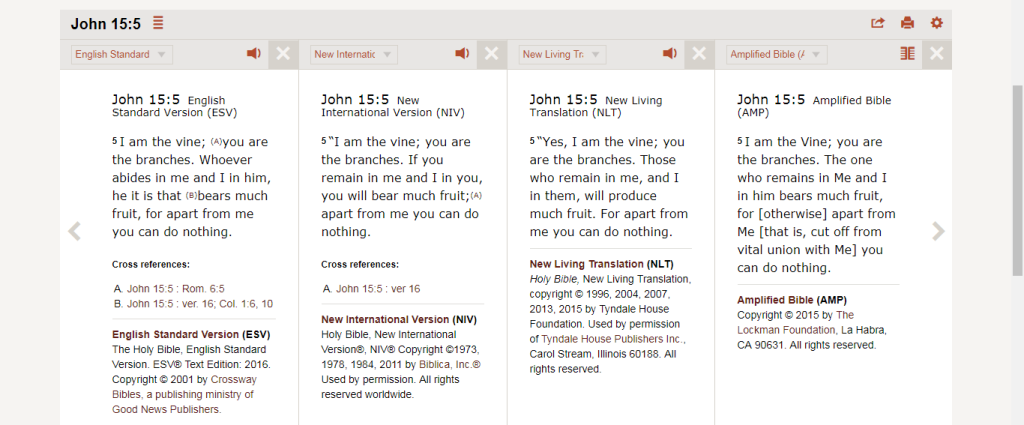
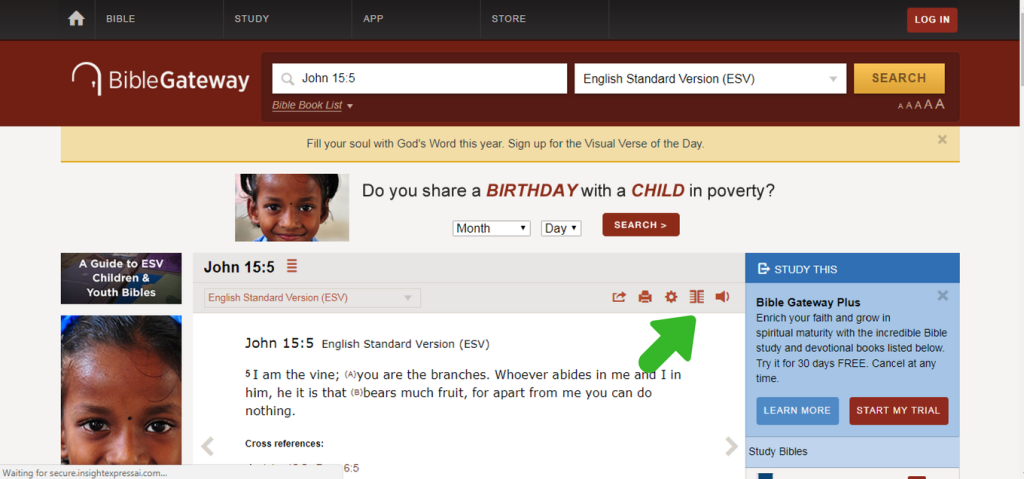
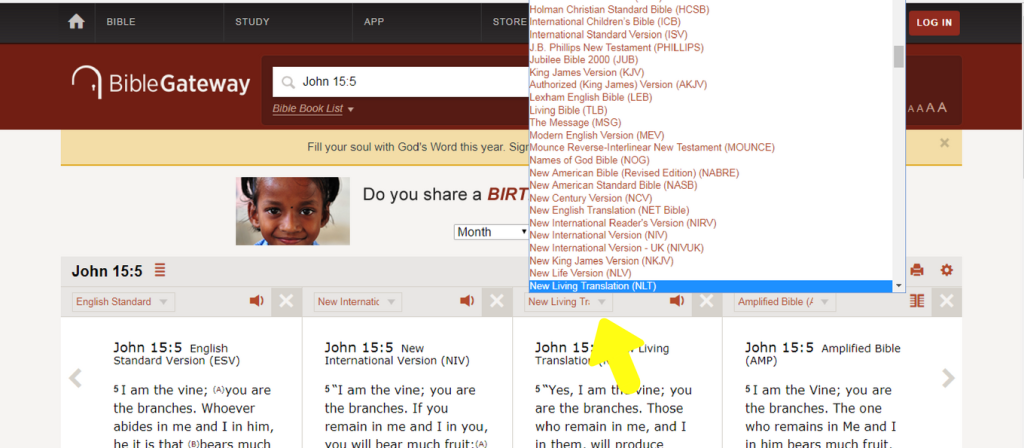
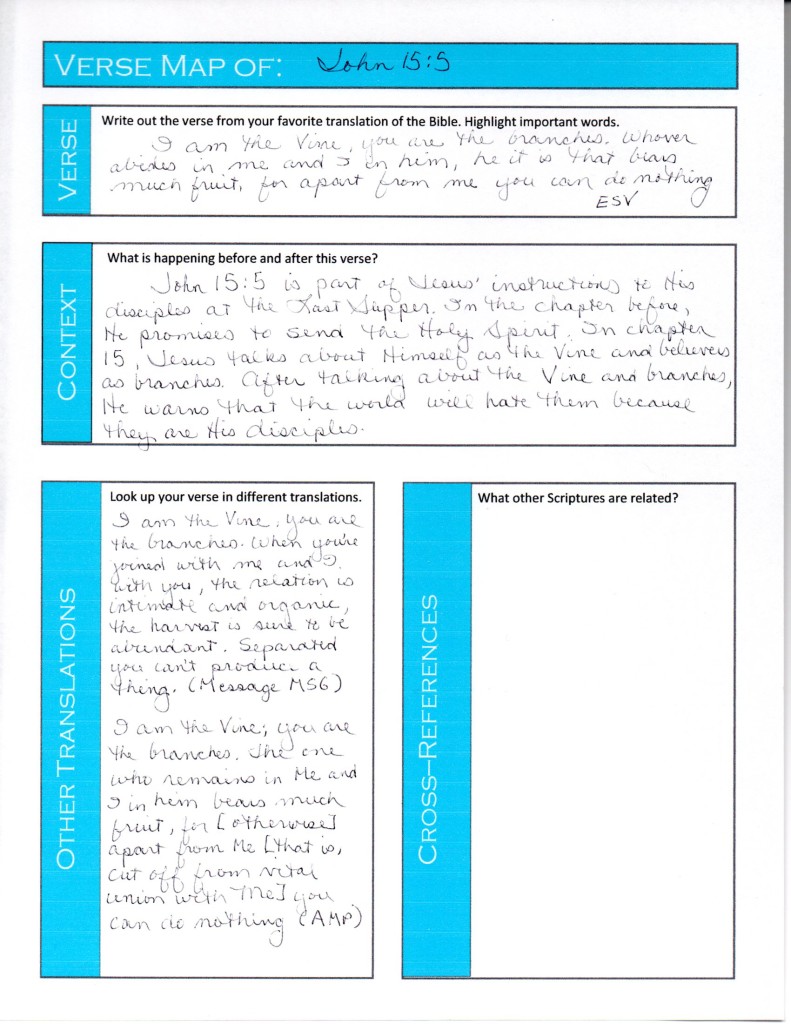
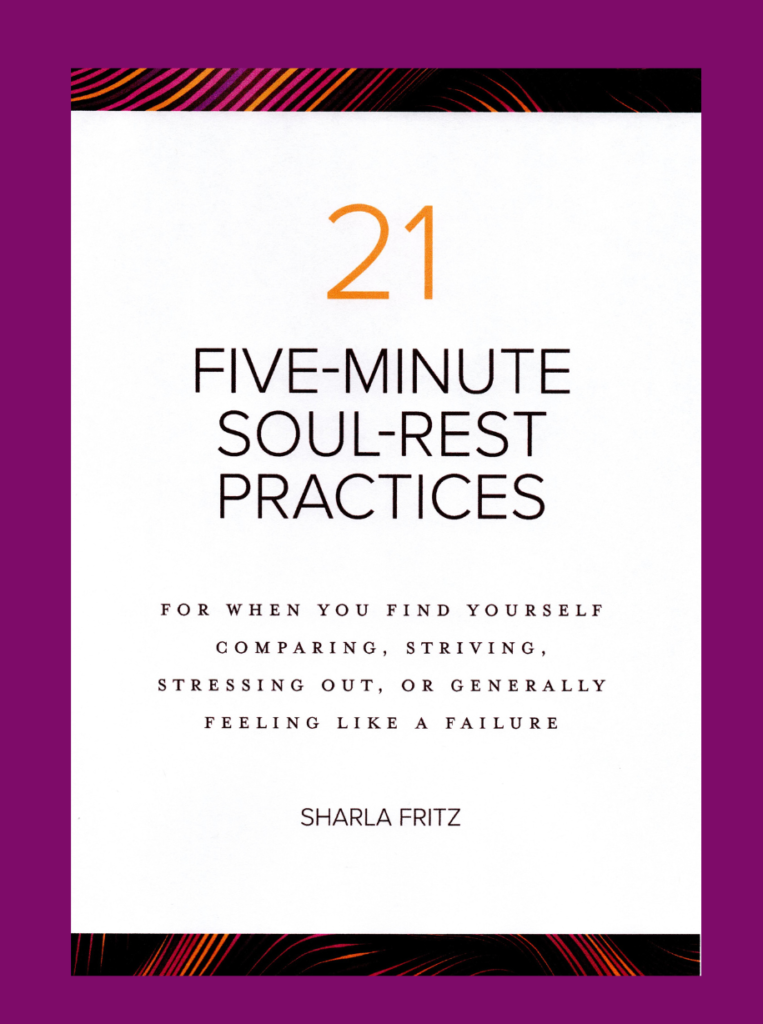
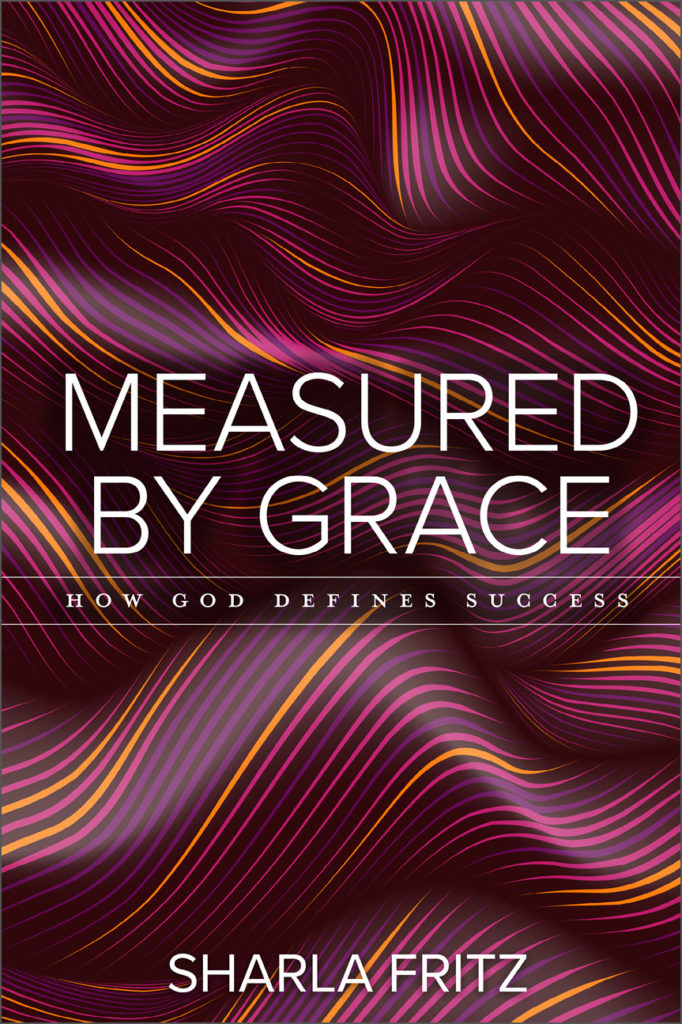

Follow Me!